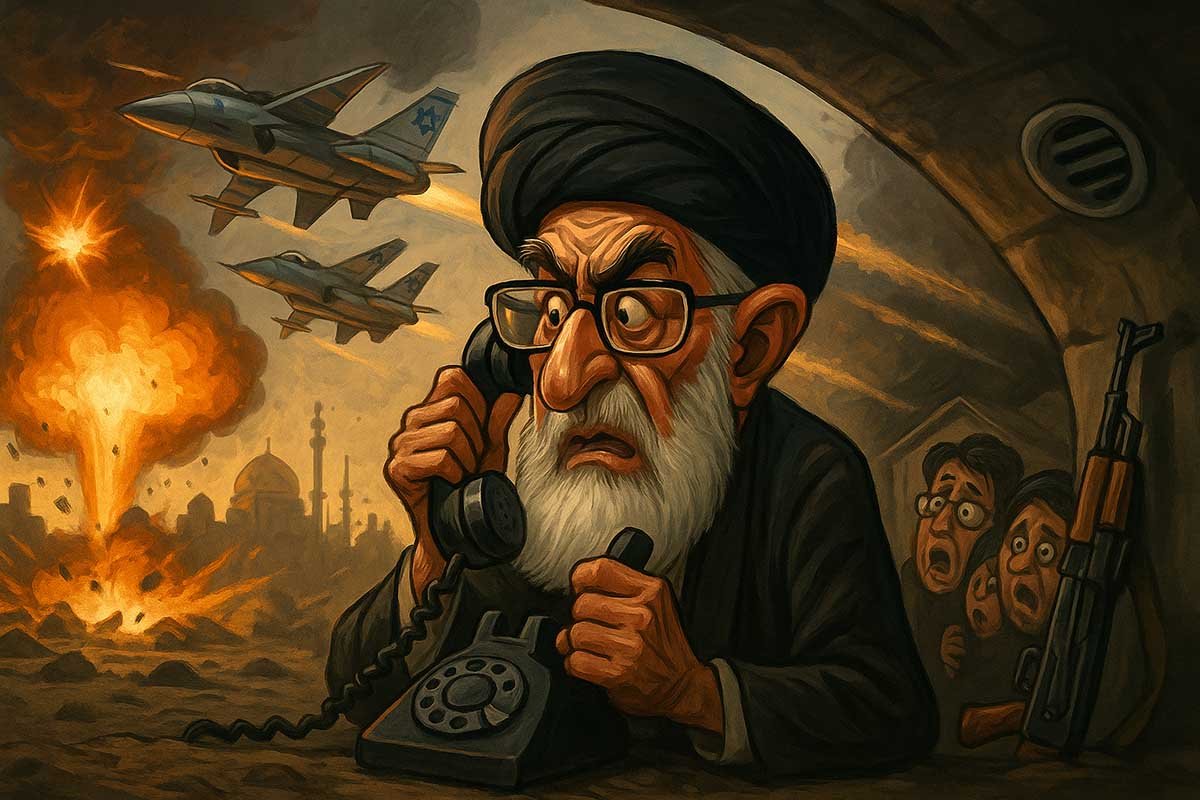The drama at the top of the Iranian regime plays out with a sense of historic inevitability and tragic farce. Supreme Leader Ali Khamenei, architect and survivor of the Iranian Revolution, now finds himself barricaded in a bunker, family in tow, as Israeli airstrikes redraw the map of Tehran’s security according to multiple reports and. Gone are the days when Khamenei could rule by decree and intimidation alone; today, survival is a question of proximity to concrete and filtered air.
The Israeli campaign has claimed more than territory and face: the killing of Ali Shadmani—Khamenei’s trusted commander and a man appointed only four days before his death—has been heralded as a major blow to the Islamic Revolutionary Guard Corps (IRGC). The regime’s enemies have wasted no time painting this as the “biggest Iranian scalp” to date, raising questions about whether Israel’s decapitation strategy is now reaching the innermost sanctums of power as chronicled by The Sun and DNA India.
The personal fallout for Khamenei is acute. Never one to display fear in public, he now reportedly communicates from an undisclosed location, his regime’s iron grip weakened by escalating Israeli operations and a region where no neighbour can guarantee safety. The Financial Times and others report his regime “imploding”, as dissidents and regional adversaries scent opportunity.
The pressure isn’t just external. Inside Iran, public trust in the theocracy is in tatters, with waves of protest and unrest outpacing even the regime’s capacity for repression. In the halls of power, Khamenei’s allies are dying or defecting, while survivors argue over whether to double down on hardline tactics or negotiate for survival as analysed by. Gulf states—once cautious—are now being asked by Khamenei himself to pressure the U.S. for a ceasefire, a rare public plea from a man famed for defiant posturing.
The regime’s propaganda machine works overtime, insisting that military defeat is not political defeat—yet even senior IRGC voices privately concede the ground is slipping. International media, from The Economist to local outlets, are now openly debating the likelihood of collapse, while the Supreme Leader himself has become more symbol than sovereign.
Yet Khamenei’s gift has always been survival. He has outlasted presidents, uprisings, and assassins—his rule forged in revolutionary violence and maintained by ever more elaborate security rituals. Today, though, the stage is smaller, the spotlight harsher, and the exits fewer. His enemies are closing in, his allies thinning, and his legacy—built on the iron logic of repression—is now the subject of global speculation and local derision as reviewed here.
If Khamenei manages to claw back from this nadir, it will be a masterclass in the dark arts of survival. If not, history will remember June 2025 as the moment when the Iranian revolution’s last architect went underground—literally and figuratively—as his empire shuddered under the weight of its own contradictions.
